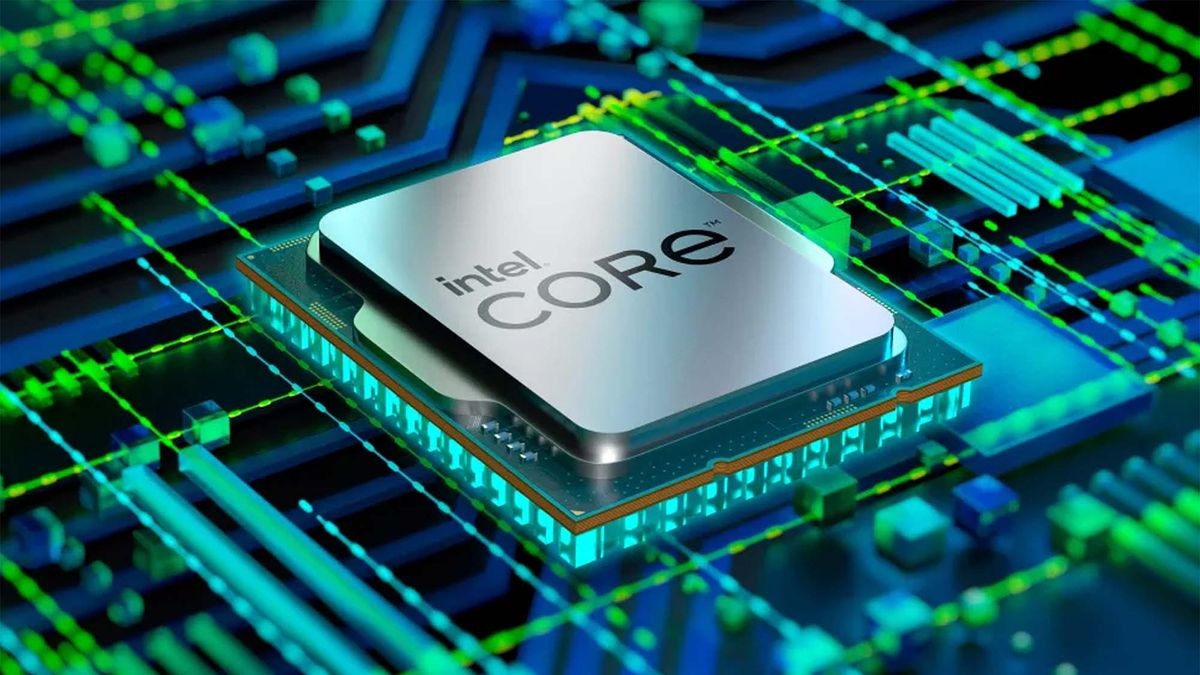Intel releases official statement on 13th/14th Gen Raptor Lake CPU Stability Issues
Intel blames motherboard vendors for unstable 13th/14th generation CPUs
Intel has released an official statement on the recent reports of stability issues for their 13th and 14th generation Core processors. This statement was made to Igor’s Lab, with Intel confirming that they will make a further “public statement” in May 2024.
Below is Intel’s full statement, which pins the blame for this issue squarely on motherboard manufacturers. Motherboard manufacturers are running Intel’s fastest CPUs “out of specification”. This appears to be the cause of the stability issues seen with Intel 13th/14th Generation CPUs in games. Affected games include titles like Hogwarts Legacy, and Tekken 8.
Intel has asked motherboard manufacturers to provide users with a “default BIOS profile” that matches Intel’s recommended settings. This will result in more stable systems.
Intel has observed that this issue may be related to out of specification operating conditions resulting in sustained high voltage and frequency during periods of elevated heat.
Analysis of affected processors shows some parts experience shifts in minimum operating voltages which may be related to operation outside of Intel specified operating conditions.
- While the root cause has not yet been identified, Intel has observed the majority of reports of this issue are from users with unlocked/overclock capable motherboards.
- Intel has observed 600/700 Series chipset boards often set BIOS defaults to disable thermal and power delivery safeguards designed to limit processor exposure to sustained periods of high voltage and frequency, for example:
– Disabling Current Excursion Protection (CEP)
– Enabling the IccMax Unlimited bit
– Disabling Thermal Velocity Boost (TVB) and/or Enhanced Thermal Velocity Boost (eTVB)
– Additional settings which may increase the risk of system instability:
– Disabling C-states
– Using Windows Ultimate Performance mode
– Increasing PL1 and PL2 beyond Intel recommended limitsIntel requests system and motherboard manufacturers to provide end users with a default BIOS profile that matches Intel recommended settings.
- Intel strongly recommends customer’s default BIOS settings should ensure operation within Intel’s recommended settings.
- In addition, Intel strongly recommends motherboard manufacturers to implement warnings for end users alerting them to any unlocked or overclocking feature usage.
Intel is continuing to actively investigate this issue to determine the root cause and will provide additional updates as relevant information becomes available.
Intel will be publishing a public statement regarding issue status and Intel recommended BIOS setting recommendations targeted for May 2024.
Intel are blaming motherboard manufacturers for the instability of their latest CPUs. Even so, some blame needs to be placed on Intel’s shoulders. They are the ones that have allowed their motherboard partners to run their CPUs outside of their official specifications for years. These unofficial settings have resulted in Intel’s CPUs running faster than the do by default. As a result, this practice has resulted in stronger benchmark scores for Intel’s CPUs in most reviews.
Intel did not force their motherboard partners to run their CPUs with their recommended settings by default. By and large, this has benefitted Intel in reviews, and now it is hurting them. Intel allowed their partners to run their CPUs in an unstable manner by default, so they deserve some of the blame for not ensuring that default motherboard settings are safe/stable.
You can join the discussion on Intel’s statement on 13th/14th Gen CPU stability issues on the OC3D Forums.




